Building a Collection #80
Canon in D major
By Johann Pachelbel
____________
“Music is the language of the soul, and it can move us in ways that words cannot.”
-Johann Pachelbel
Johann Pachelbel
Johann Pachelbel (1653-1706) was a German composer and organist of the Baroque period. Pachelbel was quite popular and well-regarded in his lifetime, and was also quite influential as a teacher. He was a prolific composer of both sacred and secular works, and the overall excellent quality of his output in modern times has been overshadowed by the popularity of his Canon in D major (the full title of the work is Canon and Gigue in D major P 37, although the Gigue is often an afterthought).
Canon in D major
In music, a canon is is a contrapuntal (counterpoint-based) compositional technique that employs a melody with one or more imitations of the melody played after a given duration, and so you have examples such as Row, Row, Row Your Boat and Frere Jacques that are familiar songs often done as canons.
Pachelbel’s Canon D major was originally written for three violins and basso continuo. The basso continuo, especially in baroque music, provides an underlying harmonic and rhythmic structure with continuing chords under the melodic line or lines. The continuo can be played using harpsichord, bass strings or cello, or organ, but is most often heard with harpsichord and cello. On recordings we often hear Pachelbel’s Canon revised for orchestra or chamber orchestra, although there have been a wide variety of recordings with arrangements using any number of instruments. The date when Pachelbel completed his Canon is not known, but was certainly between 1680 and 1706.
The Essential Recording
Pachelbel’s music, including the Canon, fell out of favor for centuries and was essentially forgotten. Enter the French conductor Jean-Francois Paillard (1928 - 2013), who in 1953 had founded the Jean-Marie Leclair Instrumental Ensemble, which in 1959 became the Orchestre de Chambre Jean-François Paillard. In 1968 the orchestra recorded Pachelbel’s Canon for Erato (Warner) and it is this famous recording which is credited for almost single-handedly rescuing the work from obscurity and bringing it to great popularity. Since that time, Pachelbel’s Canon has exploded into western culture, being used quite often for weddings, the chord progression has been used for popular songs, and it has appeared in numerous TV shows and movies. It has become somewhat ubiquitous, for example at the airport hotel where we stay every year in Bangkok, Thailand, a piano version of the Canon was being played on a continuous loop on the welcome screen for the hotel. Quite pleasant, though after hearing it about 10 times we’ve had enough.
Of course today there are innumerable recordings of Pachelbel’s Canon, and so what is it that makes Paillard’s recording so special? If you listen to Paillard’s recording, you will notice that it is slower than most versions you will hear today, and it is done in what I would consider a more romantic style. Paillard’s own basso continuo parts were added using pizzicato on the strings, which was adopted for many other recordings. Although part of the success for this recording is attributed to it being widely distributed through mail-order music clubs in the early 1970s, there is something about this particular performance that pulls at your heart and it still holds up remarkably well. The sound is perfectly good for the time period. You may also know this particular version of Pachelbel’s Canon from its use in the hit 1980 movie Ordinary People.
Paillard’s reading displays a depth of feeling and sensitivity that the group achieves that is often missed in faster readings. This unabashedly romantic approach actually works well for Pachelbel’s Canon, despite its baroque origins, and although the danger is it tips over into schmaltz, when done right, as it is here, it reveals all the beauty and genius of the repetition as instruments are gradually added with no sense of rushing. The orchestration is perfect in my view, and you can hear the pizzicato on the strings and sparkle of the harpsichord to great effect. This is the opposite of a “period” performance, and is effective especially on an emotional level, even though it might be out of fashion these days.
It appears that Paillard and his orchestra have two different recordings of Pachelbel’s Canon available, and the earlier one from 1965 is about a minute slower than the one from 1968. The newer one is fresher, moves at a better pace, and still contains all the beautiful qualities of the earlier one. The more recent one, as near as I can tell, is the recording which became so beloved by listeners in the 1970s and beyond.
Recommended Recordings
The first recording of the Canon I heard was by the Italian chamber group I Musici, recorded in 1983 in good early digital sound for Philips (Universal). It has many of the same wonderful qualities as the Paillard, but moves with a bit more pace. Also on modern instruments, it remains one of my favorites and is preferable to I Musici’s remake in the early 2000s.
One of the first period instrument performances was by The English Concert under Trevor Pinnock, recorded for Archiv in 1985, and going back to it now I remember how delightful it is. It is quicker than the modern instrument versions to be sure, but never rushed. The sonority Pinnock draws here is full and satisfying, and unlike some period versions, he doesn’t play it too clinical, or “dry”, without expression. Indeed, this is one of the most expressive versions, and it feels just about right at the tempo used. Sound is superb. A terrific recording.
The period performance by violinist Andrew Manze and friends, recorded in 1993 on the Harmonia Mundi label is fleet, but has some unique and interesting phrasing and uses accents and rhythms to create a very engaging performance. This is worlds away from Paillard, but still quite effective in its own way, and the added ornamentation is delightful. There is a lot of virtuosity and playfulness here, though certainly with less pathos.
Of all the versions recorded by the stately Academy of St. Martin in the Fields orchestra in London, I much prefer the 2000 recording led by Iona Brown on the haenssler label. Modern instruments are used, so textures are thicker, but I enjoy how Brown and the ASMF shape phrases in a natural way. Nothing is forced, and dynamics are varied as tension builds. I particularly like all three parts and the continuo can be heard clearly all the way through. The recording is up close, but I like it that way.
My favorite period instrument recording of the Canon is by the Quebecois chamber music group Les Violons du Roy led by Bernard Labadie, recorded in 2010 on the ATMA label. This performance, while period in flavor, instruments, and pace, has great imagination and panache. It is faster to be sure (nearly half as long as Paillard), but never feels too fast, and Labadie brings out the sparkling rhythms and dance-like accents in a very satisfying way.
The most recent recording on the recommended list is by the Venice based period chamber group Gli Incogniti with their French violinist leader Amandine Beyer, recorded in 2016 for Harmonia Mundi. This is the quickest Canon on the list, but has personality galore. The quicker pace doesn’t sacrifice any feeling, but you do hear a more pronounced rhythmic pulse than with the modern instrument versions, and the sense of flow that is utterly natural. There can’t be more than one or two musicians to a part here, so textures are clean and transparent with the characteristic timbre of period instruments. The quicker string passages are wonderfully light and virtuosic. The sound is detailed and atmospheric.
Honorable Mention
Orchestre de Chambre Jean-François Paillard / Paillard (Warner 1965)
Lucerne Festival Strings / Baumgartner (DG 1968)
ASMF / Marriner (Warner 1974)
English Chamber Orchestra / Leppard (Sony 1975)
Philharmonia Virtuosi / Kapp (Sony 1977)
Stuttgart / Münchinger (Decca 1978)
Franz Liszt Chamber Orchestra / Rolla (Warner 1984)
Boston Pops / Williams (Universal 1987)
Cantilena / Shepherd (Chandos 1987)
Taverner Consort / Parrott (Warner 1988)
London Chamber Orchestra / Warren-Green (Warner 1989)
Orpheus Chamber Orchestra (DG 1990)
London Baroque / Medlam (HM 1995)
Il Giardino Armonico / Antonini (Warner 2001)
Seattle Baroque / Matthews (2023)
Centafolia (Glossa 2022)
Pachelbel’s Canon is a truly rich and rewarding piece of music despite its short length. I hope you are able to find some recordings here to accompany you.
Thank you for your readership! Join me next time for #81 on our list, Ottorino Respighi’s Roman Trilogy (Pines of Rome, Fountains of Rome, and Roman Festivals). See you then!
___________________
Notes:
Fink, Robert (2010). "Prisoners of Pachelbel: An Essay in Post-Canonic Musicology". Hamburg Jahrbuch.
"LA LETTRE DU MUSICIEN: Disparition de Jean-François Paillard". La Lettre du musicien. Archived from the original on 2013-04-30. Retrieved 2013-04-18.
Levine, Alexandra S. (9 May 2019). "How 'Canon in D Major' Became the Wedding Song". The New York Times. Retrieved 29 November 2021.
Nolte, Ewald Valentin (2001). "Pachelbel [Bachelbel], Johann". In Butt, John (ed.). Grove Music Online. Revised by John Butt. Oxford: Oxford University Press.
https://en.wikipedia.org/wiki/Canon_(music)
https://en.wikipedia.org/wiki/Johann_Pachelbel
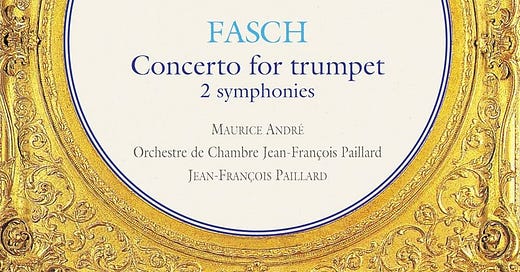




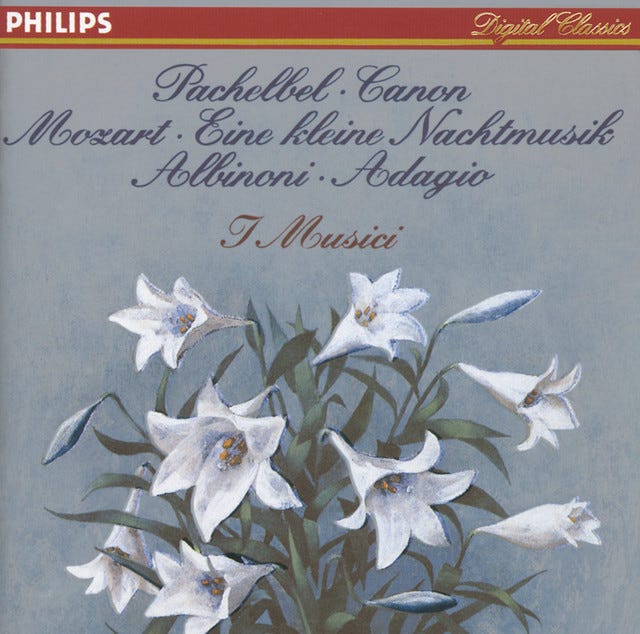
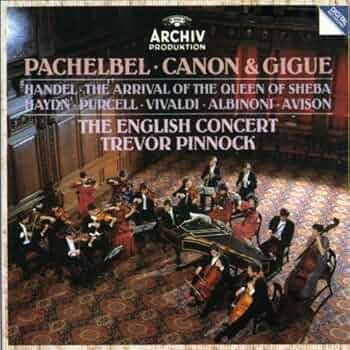
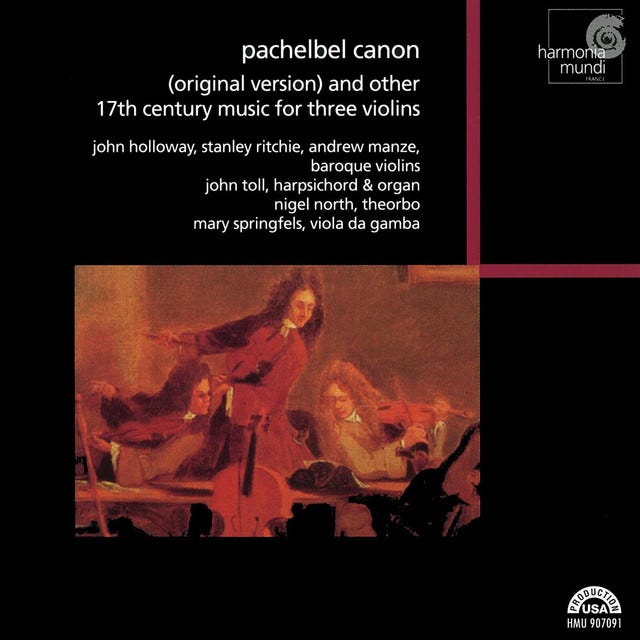
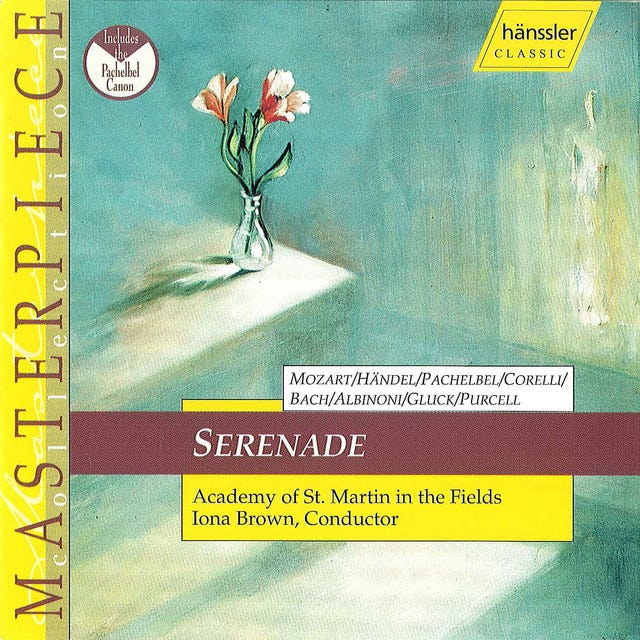
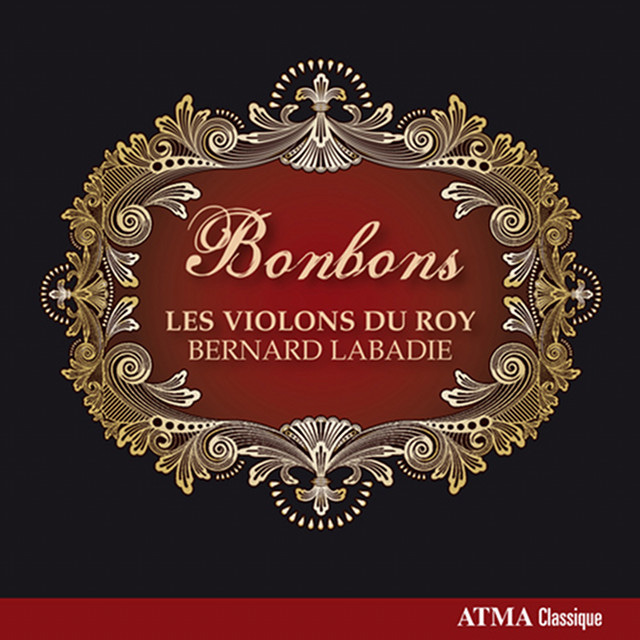
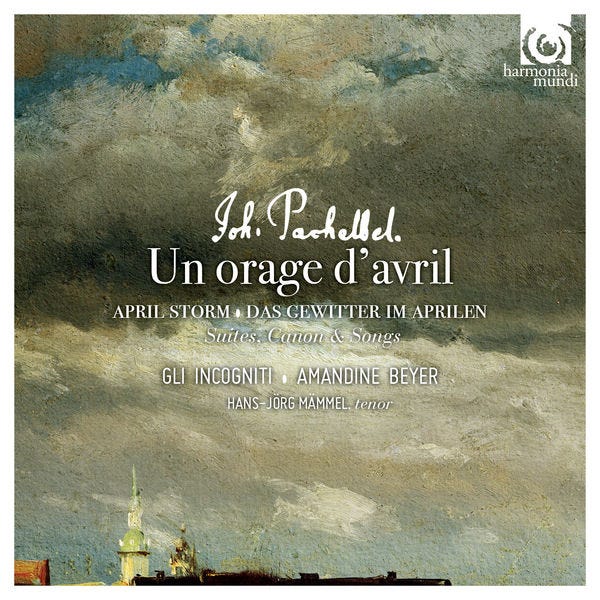
Great post, as always! I'll check out the Paillard recording. The I Musici recording has always been my goto.